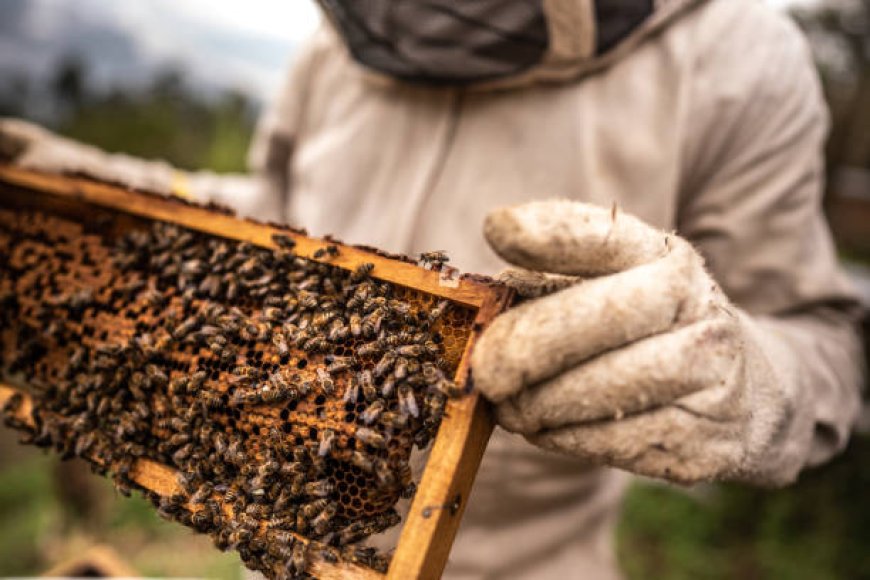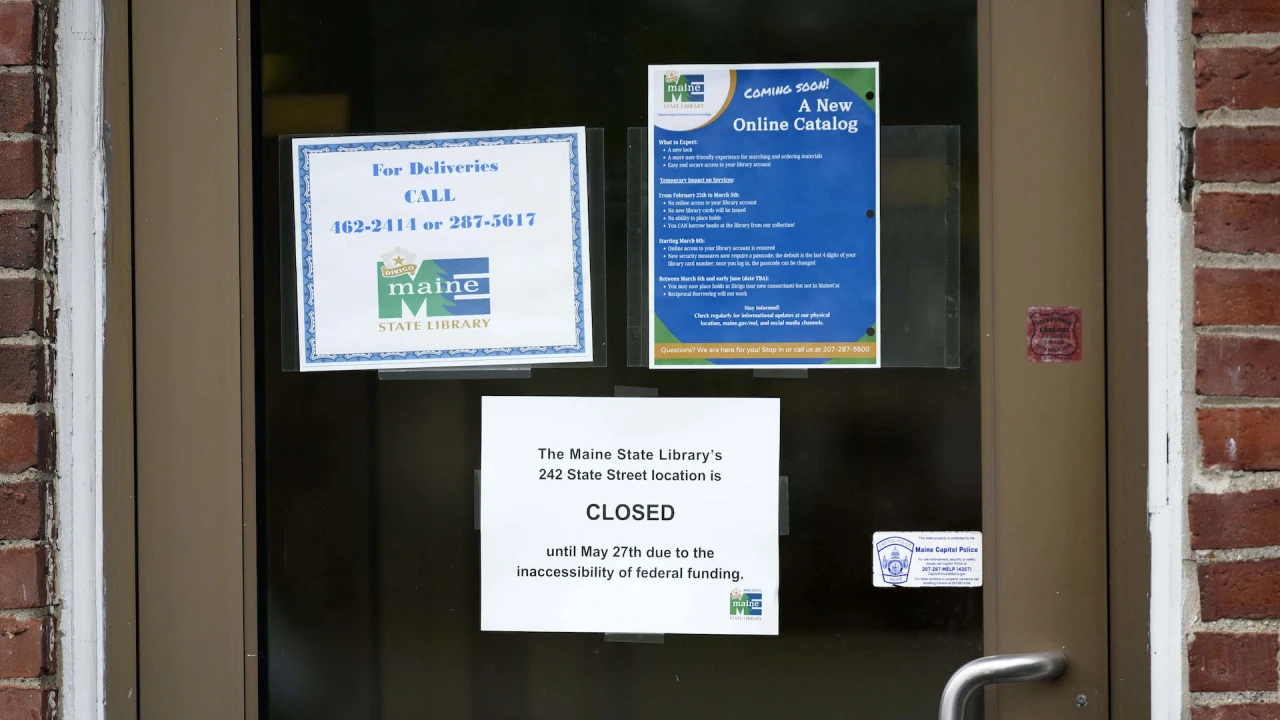Why Prompt Bee Removal Is Crucial for Homeowners
Eli the Bee Guy | Bee Removal and Rescue provides expert bee rescue, relocation, and removal services in Ontario, CA. Specializing in safe and eco-friendly solutions, we handle bee swarms, hive removals, honey bee relocations, and killer bee extractions.

When you discover a beehive in or near your home, your first priority should be professional bee removal. Acting quickly can prevent costly damage to your property and avoid potential health risks associated with bee stings—especially for those who are allergic. While bees are beneficial to the environment, they can become a serious nuisance or danger when they decide to make your home their own.
In this article, we’ll explore why prompt bee removal is so important, how to handle a hive safely, and what steps you should take to avoid future infestations.
The Dangers of Ignoring a Beehive
Many homeowners delay bee removal, thinking that the bees will leave on their own. However, waiting can lead to bigger problems:
-
Aggressive behavior: When bees feel their hive is threatened, they become defensive and may sting.
-
Structural damage: Bees nesting in walls or attics can cause damage with wax and honey buildup.
-
Infestation growth: A small hive can turn into a large colony in a matter of weeks.
-
Attracting pests: Leftover honeycomb attracts ants, roaches, and rodents.
Ignoring a hive isn’t just dangerous—it can also lead to expensive repairs if the bees have settled in a hard-to-reach area of your home.
Why Professional Bee Removal Is the Best Option
It might be tempting to try a DIY solution, but proper bee removal requires training, tools, and knowledge. Here’s why hiring a professional is the safest route:
-
Safety: Experts wear protective suits and know how to avoid provoking the hive.
-
Proper identification: Not all stinging insects are bees—experts can distinguish between honeybees, bumblebees, carpenter bees, and wasps.
-
Humane methods: Professionals often relocate the bees rather than destroy them.
-
Thorough removal: They ensure the entire colony, including the queen and honeycomb, is removed to prevent reinfestation.
-
Preventative advice: You’ll receive tips on how to keep bees from coming back.
Signs You Need Immediate Bee Removal
Some signs indicate that immediate bee removal is necessary:
-
Increased bee activity: Large numbers of bees flying around your home may mean a nearby hive.
-
Buzzing inside walls: Bees nesting indoors can often be heard buzzing through the walls.
-
Visible hive: A beehive attached to your roof, eaves, or trees should be inspected immediately.
-
Stings or aggression: If you or your pets have been stung, especially more than once, contact a professional right away.
How the Bee Removal Process Works
-
Inspection: A technician will examine the hive and determine the species, size, and location.
-
Safety preparations: Protective gear and barriers are put in place to keep everyone safe.
-
Live removal: The bees are carefully vacuumed or smoked out and relocated.
-
Hive cleanup: The remaining honeycomb is removed to prevent mold, pests, or re-attraction.
-
Damage repair: If needed, structural repairs or sealing are performed.
-
Follow-up: Some services offer post-removal inspections to ensure the bees don’t return.
Bee Removal and Environmental Responsibility
Bees are essential for pollinating crops, flowers, and wild plants. That’s why many bee removal services focus on relocation rather than extermination. Removing bees responsibly supports ecological health while ensuring your safety.
Ask your local provider if they work with beekeepers or local farms. Many rehomed colonies go on to support agricultural efforts or beekeeping businesses.
Preventing Future Bee Infestations
After bee removal, you’ll want to make sure bees don’t return. Here’s how:
-
Seal cracks and holes: Inspect your home’s exterior for gaps where bees can enter.
-
Install fine mesh screens: Use these on vents and chimneys to keep bees out.
-
Remove old hives: Even an abandoned hive can attract new swarms.
-
Limit attractants: Keep outdoor garbage sealed and clean up fallen fruit or sugary spills.
-
Use natural repellents: Scents like citronella, peppermint oil, and eucalyptus may help deter bees.
Your bee removal professional can give you a customized prevention plan based on your home and environment.
Legal Considerations and Bee Protection Laws
In some states, honeybees are protected due to their importance to agriculture and biodiversity. This means:
-
You cannot kill or exterminate them without cause
-
Live relocation is required by law in many areas
-
Special permits may be needed for removal in certain habitats
That’s another reason why calling a professional is important—they’ll be up to date on local laws and ensure compliance.
Cost of Bee Removal
The price of bee removal varies, depending on factors like:
-
Hive location (e.g., in a tree vs. inside a wall)
-
Species and size of the colony
-
Difficulty of access (e.g., rooftops or chimneys)
-
Need for structural repairs or cleanup
On average, you can expect to pay:
-
$150–$300 for simple, exterior hives
-
$300–$800 for interior removals or large infestations
Some companies offer free inspections and flat-rate pricing.
When to Call Immediately
Call for immediate bee removal if:
-
Bees are inside your home or walls
-
Someone in your home is allergic
-
There are pets or children at risk
-
The hive is near high-traffic areas like entrances or patios
Fast action can mean the difference between a manageable situation and a full-blown infestation.
Conclusion: Act Fast, Stay Safe
Prompt and professional bee removal is essential to protect your home, your family, and the bees themselves. Don’t wait for the problem to escalate. By hiring a licensed expert, you ensure the bees are handled humanely, the hive is removed completely, and your home remains safe and bee-free.








































































































![Building A Digital PR Strategy: 10 Essential Steps for Beginners [With Examples]](https://buzzsumo.com/wp-content/uploads/2023/09/Building-A-Digital-PR-Strategy-10-Essential-Steps-for-Beginners-With-Examples-bblog-masthead.jpg)













![How to Use GA4 to Track Social Media Traffic: 6 Questions, Answers and Insights [VIDEO]](https://www.orbitmedia.com/wp-content/uploads/2023/06/ab-testing.png)






![Technical Sourcer [United Kingdom] at Olo](
https://nodesk.co/remote-companies/assets/logos/olo.e9c56827507b669046f71750846f8032542be84192a2248413f8421b2e5a2769.jpg
)



























